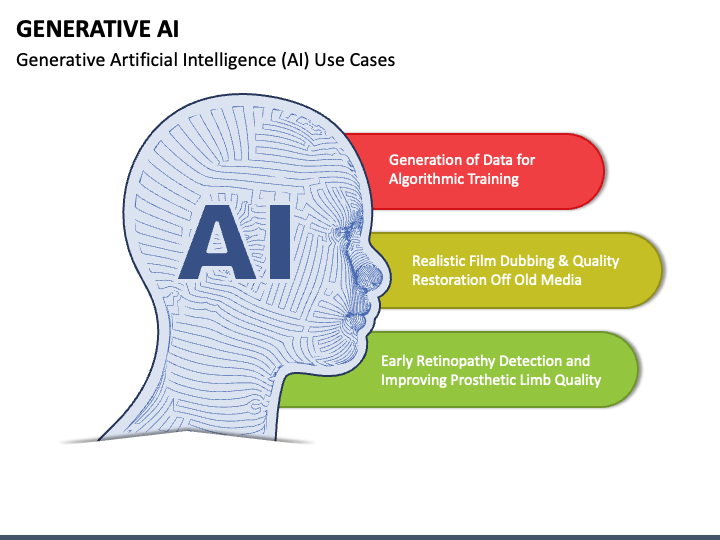- Courses
- GS Full Course 1 Year
- GS Full Course 2 Year
- GS Full Course 3 Year
- GS Full Course Till Selection
- MEP (Mains Enrichment Programme) Data, Facts
- Essay Target – 150+ Marks
- Online Program
- GS Recorded Course
- NCERT- First Ladder
- Polity
- Geography
- Economy
- Ancient, Medieval and Art & Culture AMAC
- Modern India, Post Independence & World History
- Environment
- Governance
- Science & Technology
- International Relations and Internal Security
- Disaster Management
- Ethics
- Current Affairs
- Indian Society and Social Issue
- CSAT
- 5 LAYERED ARJUNA Mentorship
- Public Administration Optional
- ABOUT US
- OUR TOPPERS
- TEST SERIES
- FREE STUDY MATERIAL
- VIDEOS
- CONTACT US
Generative Artificial Intelligence
Generative Artificial Intelligence
13-01-2023

Generative Artificial Intelligence
Why in News?
There are rising applications and ethical concerns in Generative Artificial Intelligence (AI).
About Artificial intelligence (AI):
- It is a branch of computer science dealing with the simulation of intelligent behaviour in computers.
- It describes the action of machines accomplishing tasks that have historically required human intelligence.
- It includes technologies like machine learning, pattern recognition, big data, neural networks, self-algorithms etc.
- For Example: Facebook’s facial recognition software which identifies faces in the photos we post, the voice recognition software that translates commands we give to Alexa, etc are some of the examples of AI already around us.
What is Generative AI?
- It is the subfield of artificial intelligence which focuses on the development of new and original content through machine learning and artificial intelligence algorithms.
- The newly developed content can be in the form of text, audio, video, and animation.
- The example of Generative AI is Generative Adversarial Networks or GAN, which can create visual and multimedia content from both imagery and textual input data.
How Generative AI Works?
- Generative AI works by training a model on a large dataset and then using that model to generate new, previously unseen content that is similar to the training data.
- The new content is generated by learning the patterns and characteristics of a particular type of data set.
- The content generated is unsupervised and semi-supervised using machine learning algorithms.
Features of Generative AI:
- It has the creative potential to generate new content using complex and difficult data set.
- With the improved machine learning and artificial intelligence, the content produced is more effective.
- Generative AI can create more personalised content.
Uses of Generative AI:
- Generative AI can be used to create new and original content in the field of music, art and literature in a faster way.
- It can accelerate the discovery of new research, drafting and synthesising documents and reports.
- The AI can be used in the field of medical research to generate new hypotheses and ideas.
- It can be used to design new products based on a set of desired characteristics.
- Generative AI can be used in personalised and targeted marketing and advertising, campaigns based on a set of desired outcomes.
- Generative AI can also be used for generating synthetic data for data augmentation and creating additional training data to train and test AI models.
Problems of Generative AI:
- Generative AI can raise ethical concerns about the potential for biased or inaccurate content to be generated and disseminated.
- Generative AI can be used for creating pseudo-images and deep fakes.
- It can self-learn, so the behaviour generative AI can be difficult to control.
- AI-generated media can used to manipulate people and influence public opinion.
AI innovations:
- GANs (Generative Adversarial Networks)
- LLMs (Large Language Models)
- GPT (Generative Pre-trained Transformers)
- Image Generation to experiment
- Create commercial offerings like DALL-E for image generation
- ChatGPT for text generation.
- It can write blogs, computer code, and marketing copies and even generate results for search queries.
Concerns around AI use:
- Generative AI can create harm and adversely impact society through misuse, perpetuating biases, exclusion, and discrimination.
- Bias and exclusion: Generative AI systems can perpetuate and amplify existing biases. If the models are trained on biased, non-inclusive data, they will generate biased outputs.
- For example: Initially, generative imagery would show only images of white men for the prompt “CEO.”
- Generative AI systems can create content for malicious purposes, such as deep fakes, disinformation, and propaganda.
- Inappropriate content: It can generate offensive or inappropriate content.
- Nefarious actors may use AI-generated media to manipulate people and influence public opinion.
- It may also produce low-quality and less accurate information, specifically in the context of complex engineering and medical diagnosis.
- It can be challenging to determine who is responsible for the content generated by a generative AI system.
- The acquisition and consent model around the training data and intellectual property issues make it difficult to hold anyone accountable for any harm resulting from its use.
Must Check: Best IAS Coaching Institute In Delhi



